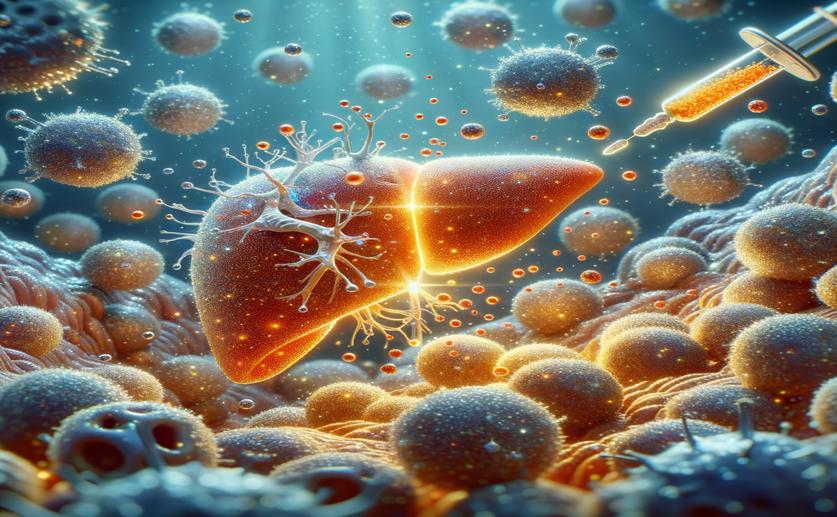
Centella Asiatica Extract's Effect on Liver Cancer Cells Using Metabolomics
Jenn Hoskins
9th June, 2024

Image Source: Natural Science News, 2024
Key Findings
- Researchers from Guangdong Pharmaceutical University developed a new cancer treatment using nanovesicles derived from Centella asiatica (ADNVs)
- ADNVs were produced using a simple juicing and centrifugation process, making them easier and cheaper to produce than traditional nanoparticles
- ADNVs effectively killed liver cancer cells by inducing programmed cell death and disrupting key metabolic pathways
References
Main Study
1) Investigating the proliferative inhibition of HepG2 cells by exosome-like nanovesicles derived from Centella asiatica extract through metabolomics.
Published 7th June, 2024
https://doi.org/10.1016/j.biopha.2024.116855
Related Studies
2) Podophyllotoxin and its derivatives: Potential anticancer agents of natural origin in cancer chemotherapy.
3) Autophagy and multidrug resistance in cancer.
4) Responsive Exosome Nano-bioconjugates for Synergistic Cancer Therapy.



 26th May, 2024 | Jenn Hoskins
26th May, 2024 | Jenn Hoskins